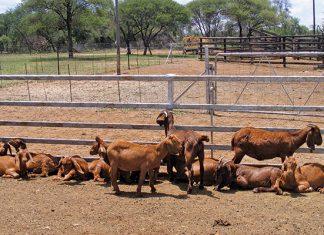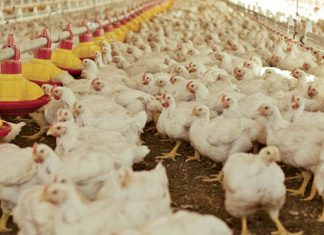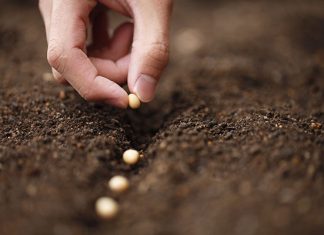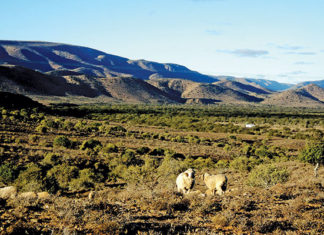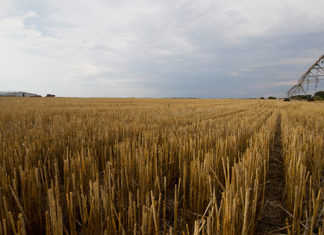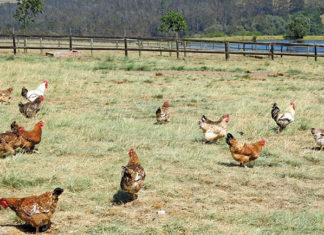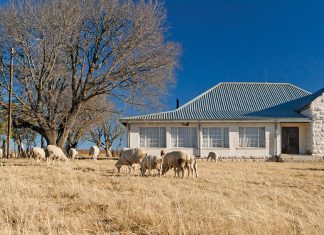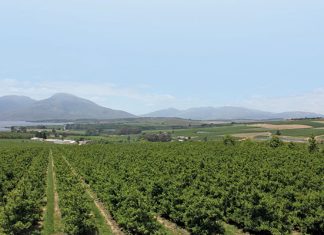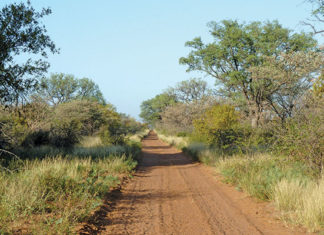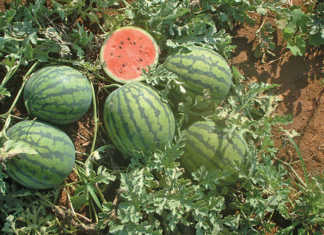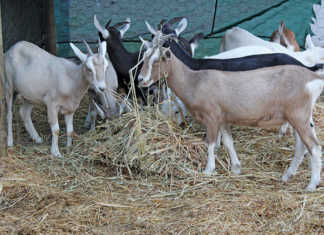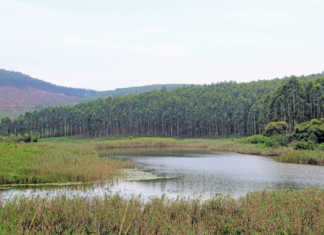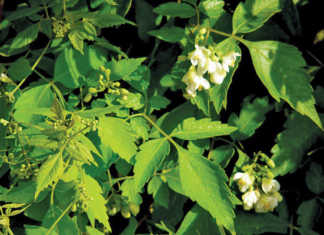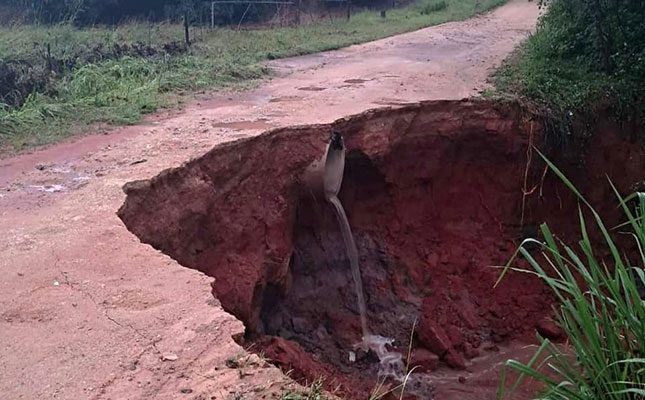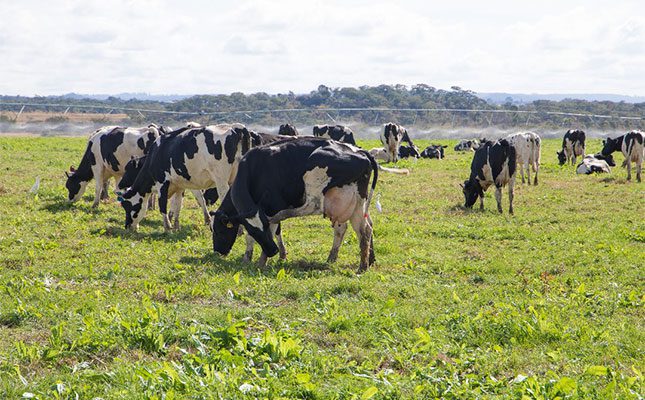Learn about the Kalahari Red goat breed
The Kalahari Red breed has a fine head, lob ears, round horns that are bent backwards, and tender meat.
Biosecurity: not an afterthought, but a way of life on the farm
To be truly effective, biosecurity has to be part of the farm’s ‘culture’, so that every employee and visitor is motivated to adhere to the procedures.
Rural development is key to promoting economic development
Investing in an end-to-end employee health, risk and well-being solution can result in considerable savings for the employer, while ensuring that valued staff members are retained.
Why a farmer has to be realistic
A farm can only produce according to its potential and what’s invested in it, says Roelof Bezuidenhout.
Insurance not covering all your risks? Here’s a solution
Gaps in insurance cover can be addressed by structured risk financing policies that allow for the funding of risks not feasibly covered by traditional policies.
How to avoid a salmonella outbreak
In most developing countries, salmonella is a major cause of illness and death in children under the age of five, warns Zimbini Mdlulwa, a researcher at the Agricultural Research Council.
Can your business survive without you?
It is the role of a skilled financial planner to identify potential financial risks that clients are faced with, and provide tailor-made solutions to mitigate its financial impact on the...
Common livestock illnesses and how to treat them
Diseases can result in huge financial losses for a livestock farmer. Any potential problems should therefore be treated as soon as possible.
The importance of succession planning
Succession planning is a process that occurs over time, which ultimately involves the transfer of the farm business assets. It depends on the needs and wishes of the owner.
Fertilisation: basic principles that every farmer should know
Achieving optimal yields is greatly dependent on providing crops with the right nutrition at the right time. Understanding the role of fertilisers and ensuring the correct application can make the...
Minimising the impact of land development
Development in a natural area should maintain the integrity of the environment and never compromise the proper functioning of the ecosystem within the landscape.
Getting started with rabbits
Rabbits are inexpensive to keep and produce high- quality protein. They can also be housed in a small space, making them ideal for the small-scale farmer.
Know your watermelon varieties
The watermelon (Citrullus lanatus) originated in Africa, where tribes in arid areas used it as an emergency water source.
A sturdy breed: some Toggenburg basics
The present genetic stock of these dairy goats in South Africa originated from animals imported from Switzerland in 1951. Their milk is used to produce a variety of hard and...
Water management: rainwater harvesting and better storage
The message is clear: in terms of both quantity and quality, water is a declining resource, and dedicated management is required to make the most out of every drop. Dr...
Getting started with hydroponics
This new series will outline the basics of growing nutritious vegetables without the use of soil.
Know your invasive species
This article looks at the beefwood, balloon vine and other species that, by law, have to be controlled or eradicated.
Vital tips for stepping up security on your farm
Despite being continually under the spotlight, rural crime in South Africa continues to plague farmers. Some respond by leaving the sector; others struggle on after having lost property or even...
How to manage brucellosis on your farm – tips from top vets
A widespread problem in sub-Saharan Africa, bovine brucellosis can cripple a cattle or dairy farming operation. As no cure is available, all infected animals are required by law to be...
Treating internal parasites in sheep
Intestinal worms are a serious problem for communal farmers, and community management protocols have therefore become increasingly important.
ADVERTISEMENT
MUST READS
ADVERTISEMENT
ADVERTISEMENT

